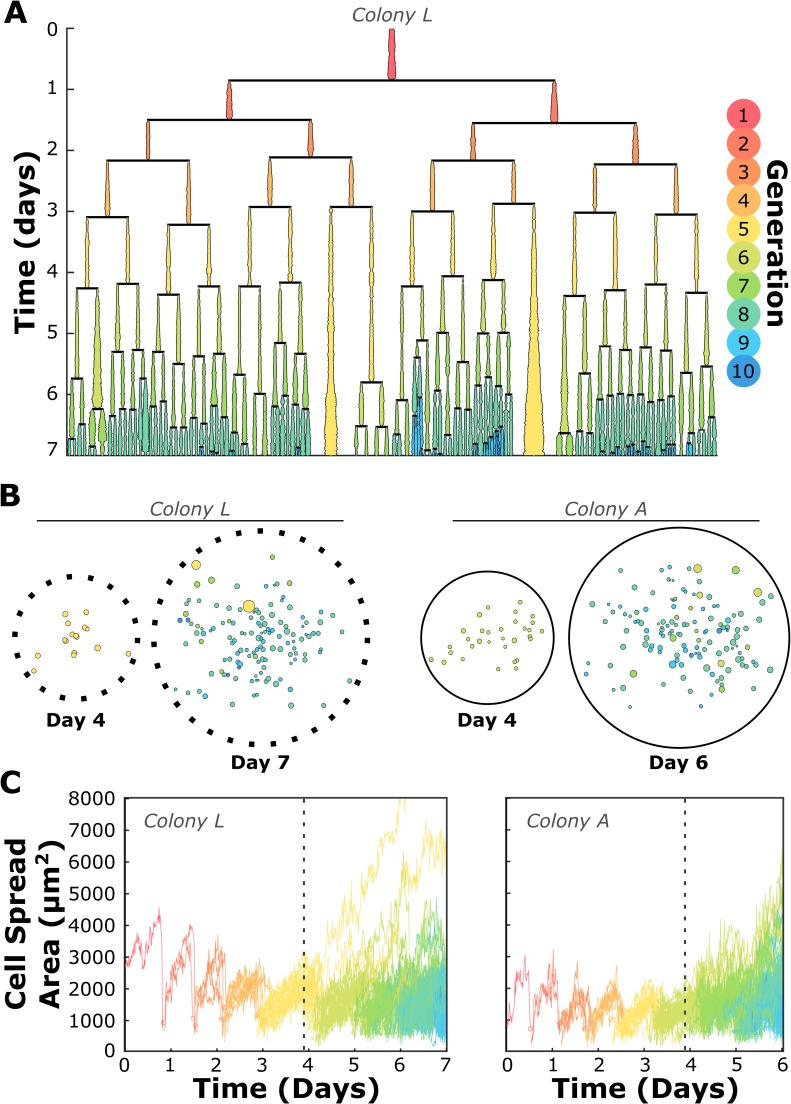Fig 7. Heterogeneity arose in the most uniform single-cell-derived (SCD) colonies within seven days of development.
(A) The lineage tree of one SCD colony studied long-term at the single-cell level demonstrates that even a uniformly-proliferating colony will produce large, senescent cells and asynchronous divisions within its progeny before becoming fully developed. Lineage line widths represent cell spread area at each 15-minute time point. (B) Glyphs similar to those presented in Fig 4 for two SCD colonies (see Fig 4 for key) demonstrate the onset of intracolony heterogeneity. Colony L was classified as a moderate proliferator and consisted of 16 5th generation cells at Day 4, and Colony A consisted of 32 6th-generation cells at Day 4. Both colonies developed a distribution in cell area (represented by the size of the color-filled circles) and generation (represented by color) at the later time points indicated. (C) Area-vs-time curves of individual cells for the same two SCD colonies. Graph lines are again color-coded by cell generation. Both colonies presented a decrease in cell area with each new generation, a trend that ceased at approximately the time point the cell medium was replaced (indicated by vertical dashed lines) as part of the conventional BMSC culture protocols of focus in this study.

